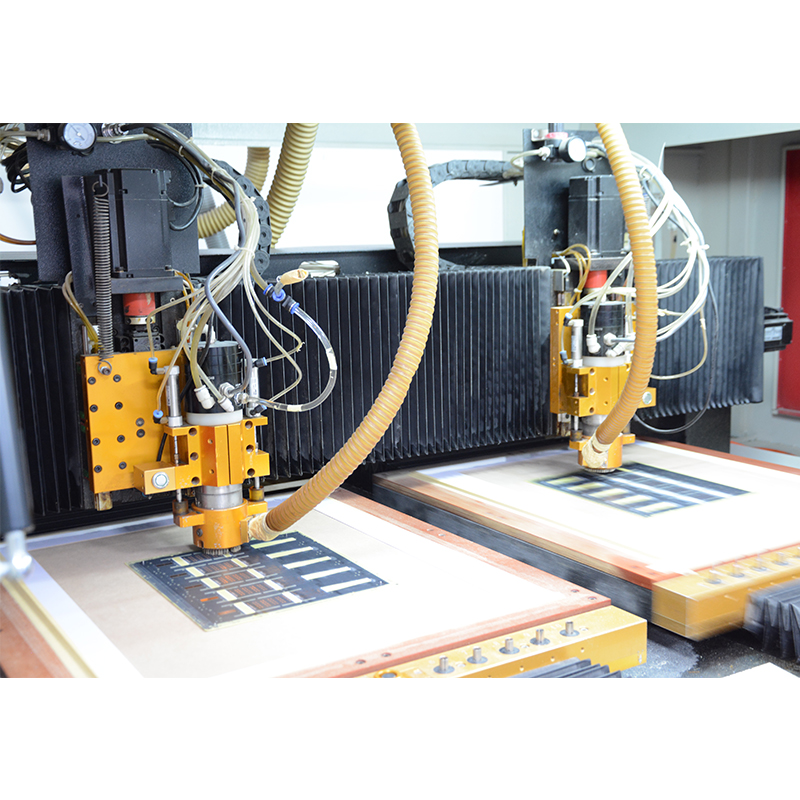When it comes to PCB board prototyping, choosing the right material is crucial. The materials used in PCB prototypes can have a significant impact on the performance, reliability, and durability of the final product. In this blog post, we will explore some of the most commonly used PCB board prototyping materials and discuss their advantages and disadvantages.
1.FR4:
FR4 is by far the most widely used material for PCB board prototyping. It is a glass-reinforced epoxy laminate known for its excellent electrical insulation properties. FR4 also has high heat resistance, making it suitable for applications requiring high-temperature performance.
One of the main advantages of FR4 is its cost-effectiveness. It is relatively cheap compared to other materials on the market. Additionally, FR4 has good mechanical stability and can withstand high levels of stress without deforming or breaking.
However, FR4 does have some limitations. It is not suitable for applications requiring high frequency performance because of its relatively high dielectric constant. Additionally, FR4 is not suitable for applications requiring low loss tangent or tight impedance control.
2. Rogers:
Rogers Corporation is another popular choice for PCB board prototyping. Rogers materials are known for their high-performance properties, making them suitable for a wide range of applications, including the aerospace, telecommunications and automotive industries.
Rogers materials have excellent electrical properties, including low dielectric loss, low signal distortion and high thermal conductivity. They also have good dimensional stability and can withstand harsh environmental conditions.
However, the main disadvantage of Rogers materials is their high cost. Rogers materials are significantly more expensive than FR4, which can be a limiting factor on some projects.
3. Metal core:
Metal Core PCB (MCPCB) is a special type of PCB board prototype that uses a metal core instead of epoxy or FR4 as the substrate. The metal core provides excellent heat dissipation, making MCPCB suitable for applications requiring high-power LEDs or power electronic components.
MCPCB is commonly used in the lighting industry, automotive industry and power electronics industry. They provide better thermal management compared to traditional PCBs, thereby increasing the overall reliability and longevity of the product.
However, MCPCB has some disadvantages. They are more expensive than traditional PCBs, and the metal core is more difficult to machine during the manufacturing process. Additionally, MCPCB has limited flexibility and is not suitable for applications that require bending or twisting.
In addition to the materials mentioned above, there are other specialized materials available for specific applications. For example, flexible PCB uses polyimide or polyester film as the base material, which allows the PCB to bend or flex. Ceramic PCB uses ceramic materials as the substrate, which has excellent thermal conductivity and high-frequency performance.
In summary, choosing the right material for your PCB board prototype is critical to achieving optimal performance, reliability, and durability. FR4, Rogers, and metal core materials are some of the most common options, each with their own advantages and disadvantages. Consider the specific requirements of your project and consult with a professional PCB manufacturer to determine the best materials for your PCB prototype.
Post time: Oct-13-2023
Back







